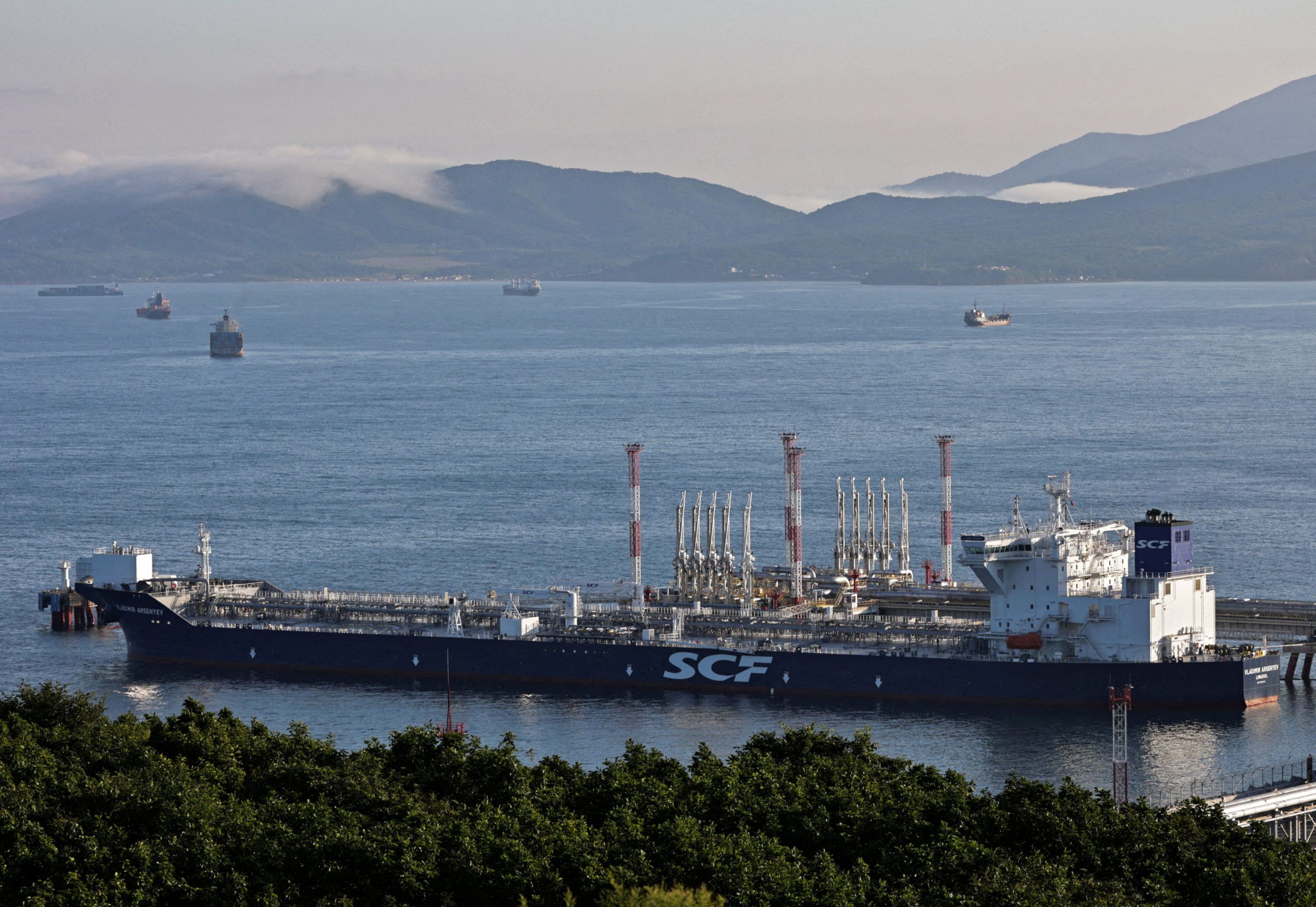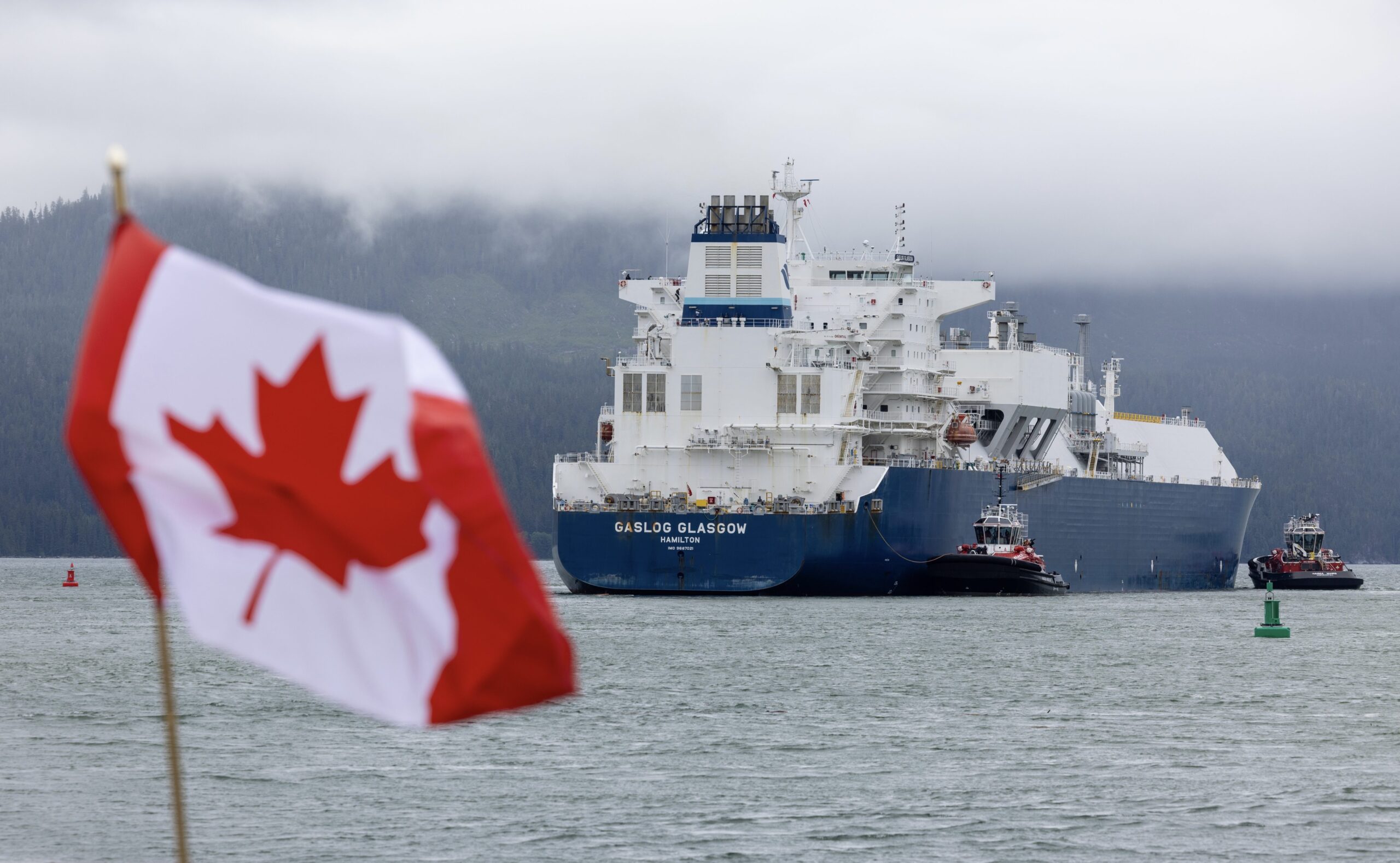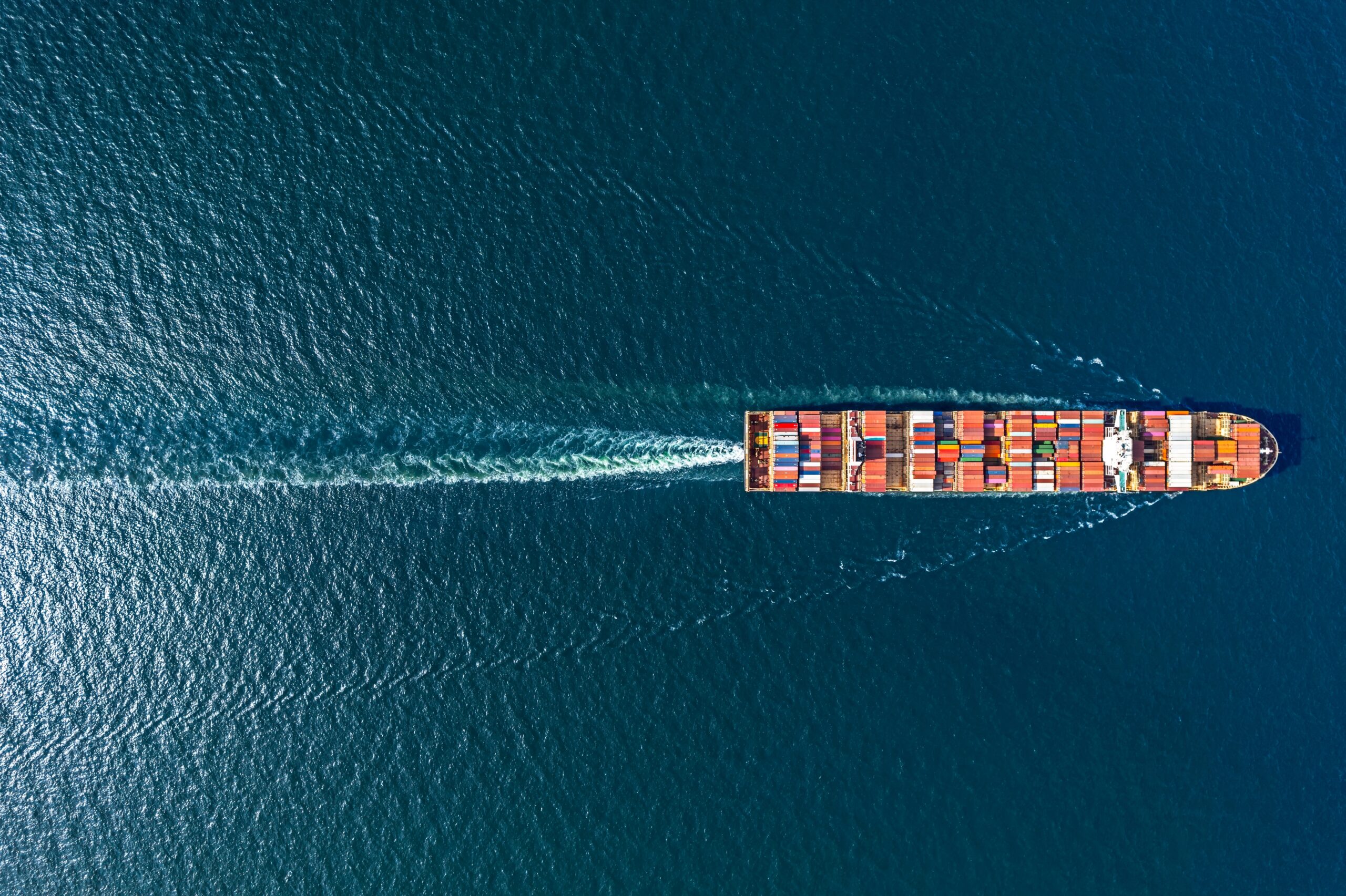SINGAPORE, Dec 13 (Reuters) – The price of Iranian crude oil sold to China has risen to the highest in years as fresh U.S. sanctions have tightened shipping capacity and driven up logistics costs, trade sources and analysts said.
Rising prices for Iranian oil as well as Russian crude are raising costs for independent Chinese refiners that account for about a fifth of demand at the world’s top crude importer, underscoring challenges ahead as the Trump administration is expected to ramp up pressure on Iran.
Some of the refiners are switching to supplies not under sanction restrictions, including from the Middle East and West Africa, to meet seasonal winter and pre-Lunar New Year demand, traders said.
Discounts for Iranian Light crude have narrowed to about $2.50 per barrel against ICE Brent on a delivered ex-ship (DES) basis to China, versus discounts narrower than $4 in early November. Discounts for Iranian Heavy crude have also narrowed to around $4-$5 a barrel from about $7 in early November, traders said.
Iranian oil prices have been climbing since October when exports from the OPEC producer dropped following concerns of Israeli attack on Iranian oil facilities.
A ramp-up in sanctions by the Biden administration last week on Iran froze some ships that deliver Iranian oil to China via ship-to-ship oil transfers off Singapore and Malaysia, according to the sources and LSEG shipping data.
China’s imports of Iranian crude oil and condensate dropped by 524,000 barrels per day (bpd) to a four-month low of 1.31 million bpd in November versus the previous month, data from shiptracking firm Kpler showed.
“Tougher U.S. sanctions on tankers involved in Iranian oil flows have tightened shipping capacity,” Xu Muyu, a senior analyst at Kpler, wrote in a report.
This was particularly acute during the second leg of the journey, where vessels in the greater Singapore region transfer onboard cargoes from Iran and head to China, she said, adding that floating storage in the region has been rising in the past three weeks.
Washington sanctioned 45 of the 147 tankers involved in Iranian crude oil shipments this year, Xu said.
Several of the sanctioned Very Large Crude Carriers (VLCCs), including FT Island, Vanity and Elva, are floating off Malaysia, shipping data on LSEG showed. Ceres I, the VLCC which was involved in a collision off Singapore in July and has previously delivered Iranian oil to China, has also been designated.
Another sanctioned tanker, Phonix, sailed away from China on Friday, LSEG data showed. The VLCC has since discharged its cargo at Rizhao port in Shandong province, trade sources said.
DEMAND PICKS UP
Iranian oil prices were also partly supported by a recovery in China’s demand as independent refiners bought more crude after receiving additional import quotas from the government and have raised their fuel output slightly, analysts said.
In Shandong, the hub for the independent refiners, operating rates rose slightly since mid-November after run cuts in October on weak margins, a survey by consultancy JLC showed.
Despite higher prices for Iranian oil, their margins from processing imported crude flipped to a profit of 123 yuan ($16.93) per ton in the week to Dec. 11, following losses in October and November, according to JLC.
Consultancy Oilchem said gasoline and diesel shipments from Shandong to other Chinese ports hit a three-year high in November, another sign of demand improving.
Chinese crude imports grew annually for the first time in seven months in November, driven by lower prices and stockpiling.
($1 = 7.2647 Chinese yuan)
(Reporting by Siyi Liu and Florence Tan in Singapore; Editing by Raju Gopalakrishnan)
(c) Copyright Thomson Reuters 2024.

 Join The Club
Join The Club











